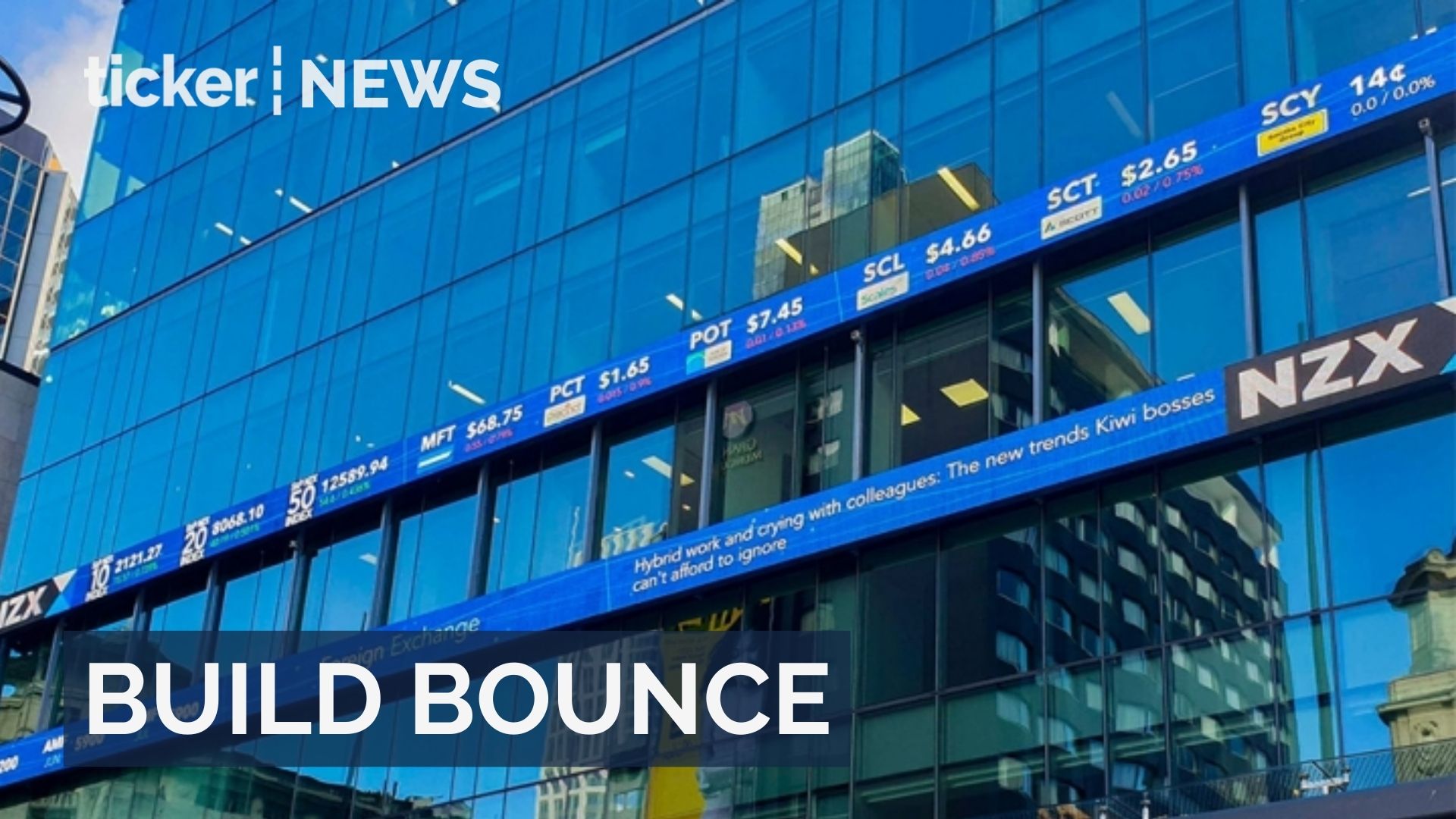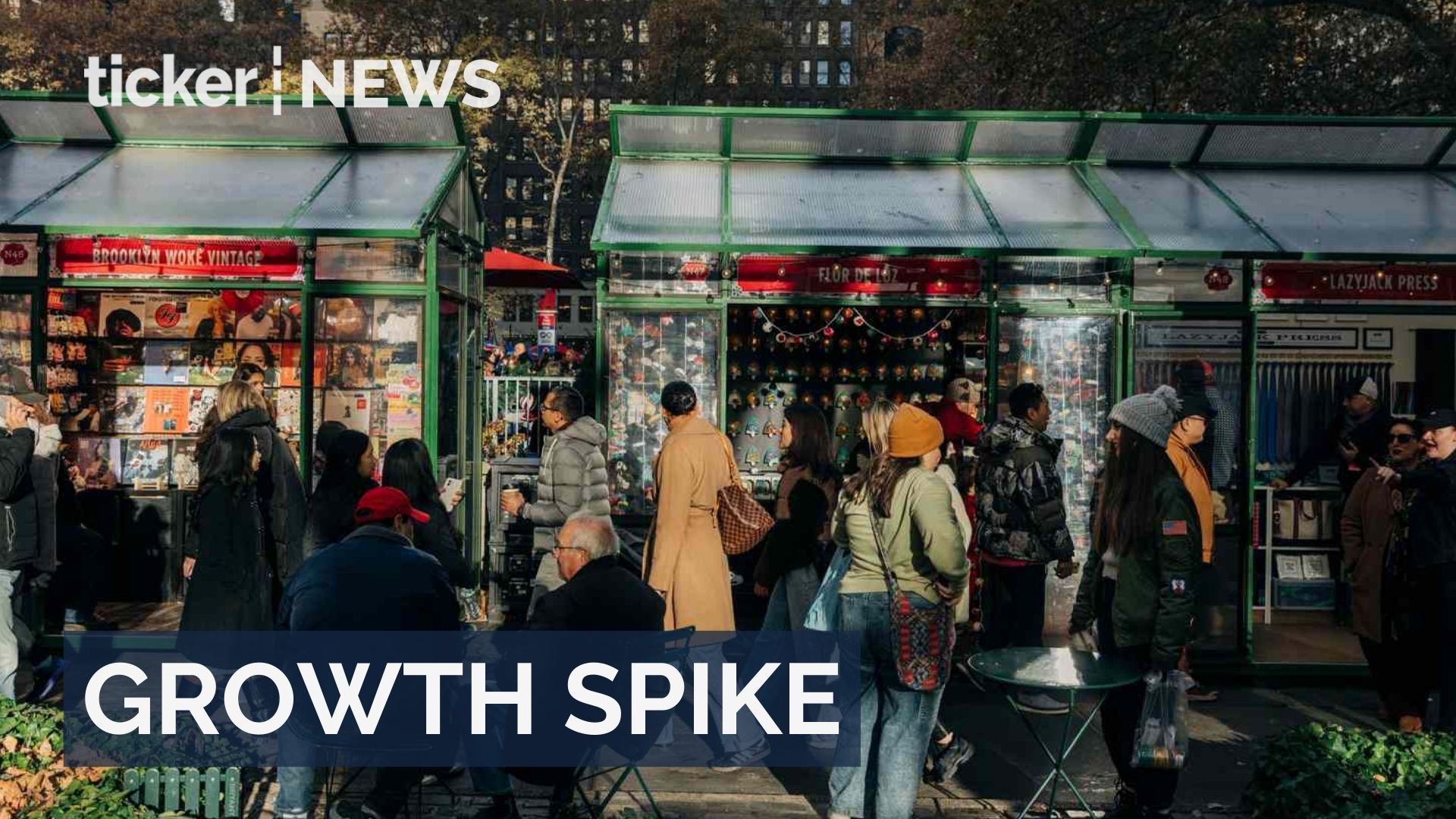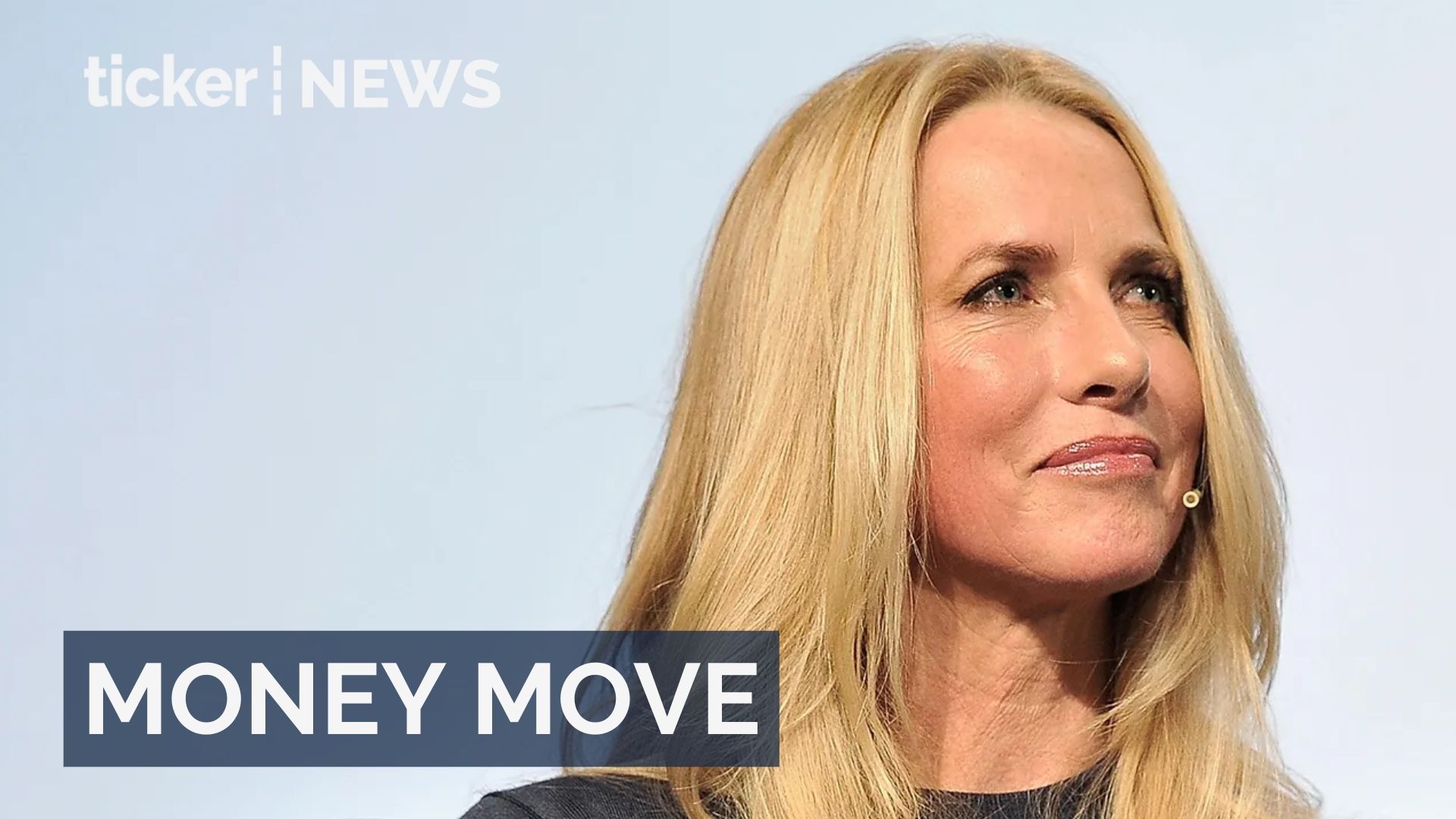Sardines, once considered a humble food for the less fortunate, have experienced a remarkable resurgence in the heart of New York City, fueled by a TikTok craze that has taken the social media platform by storm.
With a combined total of 831 million views under the hashtags #Sardine and #Sardines, it’s official – sardines are the new “it food” of NYC.
The city’s newfound obsession with these tinned treasures coincides with the arrival of a renowned Portuguese sardine merchant, adding a touch of luxury to the canned fish craze.
The Fantastic World of the Portuguese Sardine, located at the corner of Broadway and 48th Street, represents the flagship store of a Portuguese chain with 20 outlets.
Entering the venue, which is still in its soft opening stage, feels like stepping into an epicurean toybox frozen in time. The interior is adorned with painted figurines and staff dressed in old-fashioned sailor outfits. The real treasures, however, are the two stories of shelves – accessed via sliding library ladders – showcasing multicolored sardine cans, resembling a Fort Knox of fish.
These cans, priced at $15 for four ounces, are organized “chronologically” from 1916 to the present, featuring events and famous birthdays for each year. Quaresma assured that these were not the actual years of canning to avoid any customer misconceptions.
Most of these delectable cans have a shelf life of approximately seven years, so any dreams of survival during a nuclear apocalypse or indulging in “Lazy Girl Meals” indefinitely must be set aside.
Inside these cans, one can discover scrumptious sardine filets bathed in copious amounts of olive oil, all compiled at a factory in Alvaro, a place renowned for its hand-prepared and hand-packed fish since 1952. This endeavor aims to elevate sardines in the United States, where, unlike in Europe, they have long been associated with “low-end eating.”
The timing of “Fantastic World” couldn’t have been better, as sardines have become a sensation on social media. TikTok users like Danielle Matzon have amassed millions of views by indulging in this trendy “hot girl food.” The soaring demand for sardines led to a nationwide tinned seafood shortage in January.
Fashion world
In a fascinating convergence of food and fashion, the sardine obsession has spilled over into the fashion world, with Bottega Veneta introducing a Sardine handbag and celebrities such as Ana de Armas and Lily Allen sporting nautical-themed attire.
To cater to Instagram enthusiasts, Fantastic World offers a special treat – “Ouro Portugues,” a $44 gold ingot-shaped tin containing three ounces of sardines flecked with edible gold flakes. While the experience is indulgent, it doesn’t significantly differ from the standard date-bearing sardines, except for meticulous skinning and deboning, making it lighter and airier.
One of the standout offerings at Fantastic World is the moist and smoky “Sardinia Asada” with sweet peppers and onions, a canned version of the charcoal-grilled sardines traditionally consumed at Lisbon’s Santo Antonio festival on June 12, aptly known as the Festival of Sardines.
Apart from sardines, Fantastic World also offers Bacalhau, the flaky and savory dried and salted cod that is a staple of Portuguese cuisine. In the coming week, the store will introduce all 18 varieties of tinned fish, including sole, salmon, octopus, whelk, mussels, and “Mediterranean sea bass” (branzino). They even have a cookbook detailing how to pair sardines with various cuisines, from Portuguese to Chinese.
While the prices at Fantastic World may be steep, and their lease is set to expire in ten years, the store stands as a unique boutique destination amid the kitschy expanse of Elmo impersonators and “I Love NY” T-shirt vendors that make up Times Square.
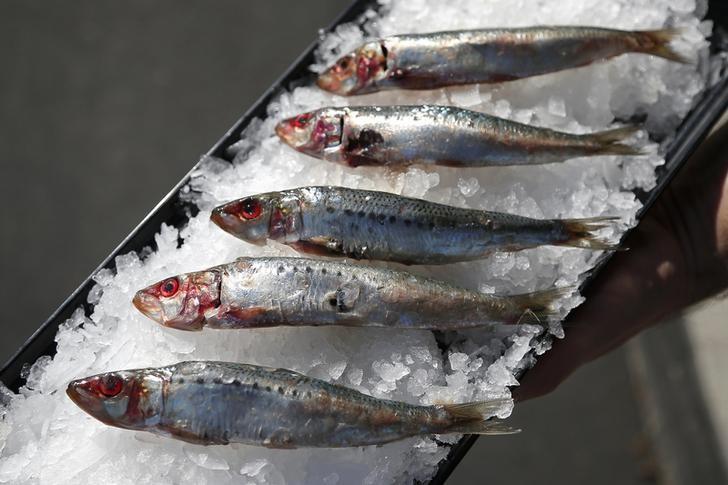



 Property3 days ago
Property3 days ago


 Tech4 days ago
Tech4 days ago


 Money3 days ago
Money3 days ago


 Tech2 days ago
Tech2 days ago
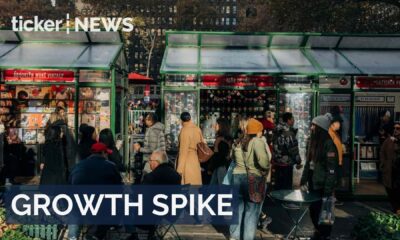

 Money3 days ago
Money3 days ago


 News4 days ago
News4 days ago


 Money3 days ago
Money3 days ago


 Tech4 days ago
Tech4 days ago


